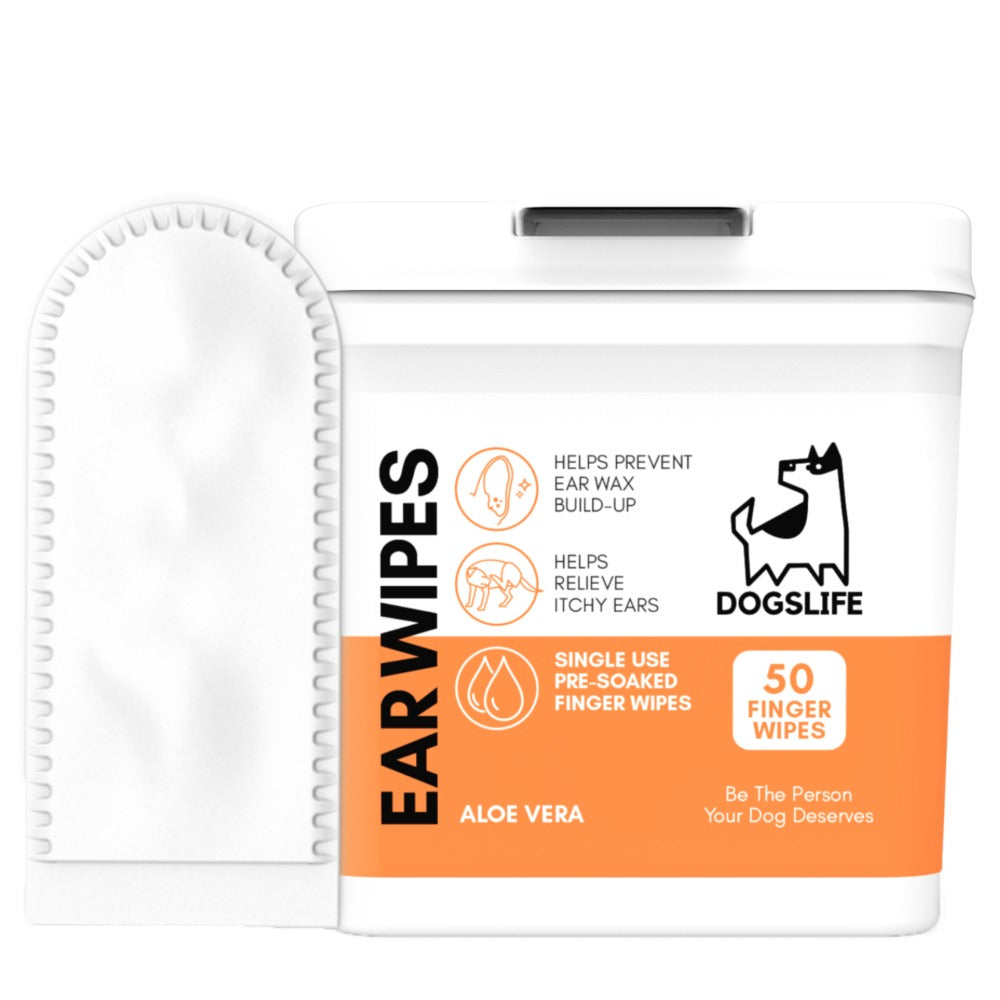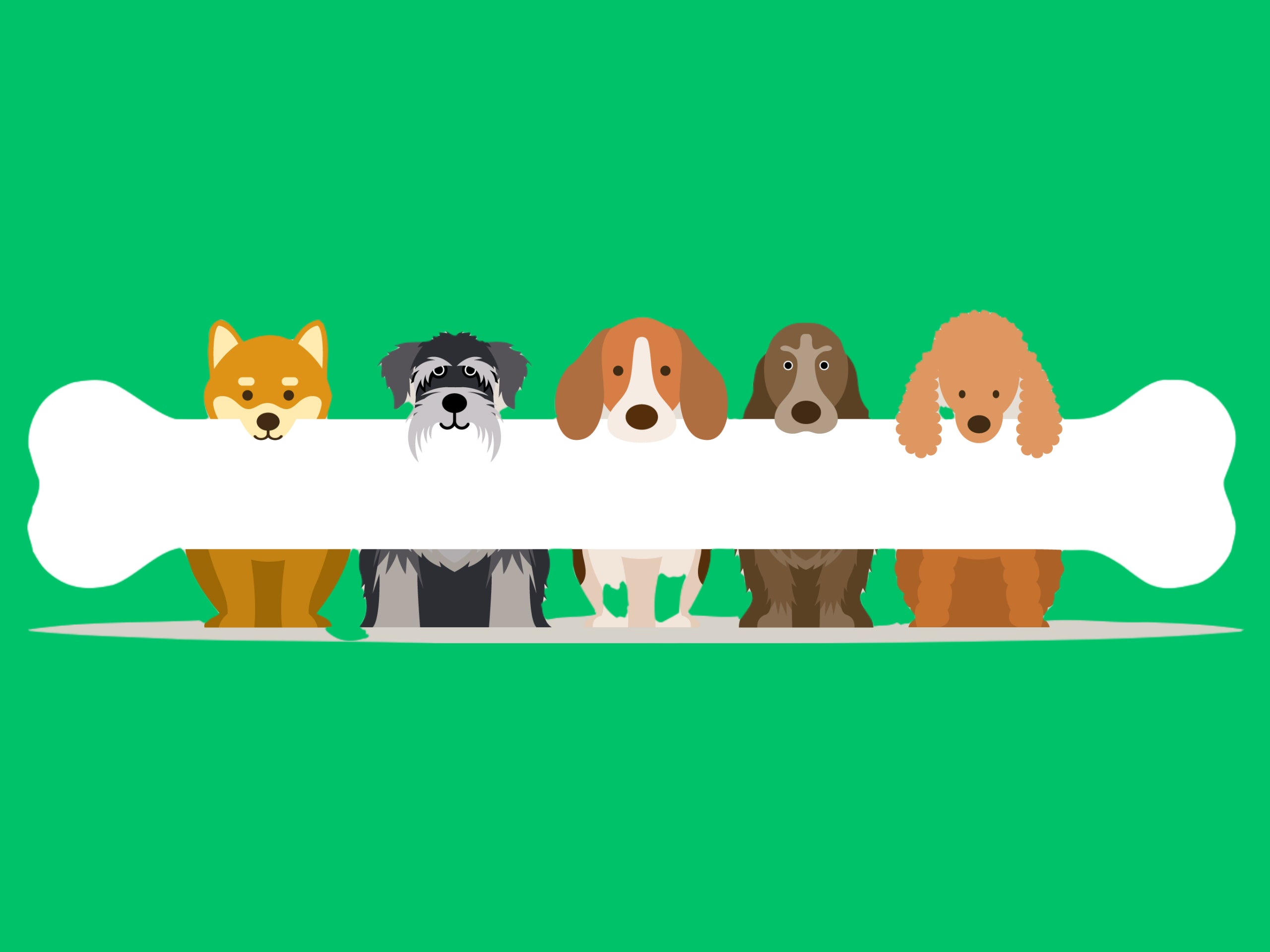How to read your Pet Food Label in Singapore
As a responsible pet owner, it's important to understand how to read pet food labels to make informed decisions about what you're feeding your furry friend. With so many different types of pet food on the market, reading labels can be overwhelming, but it doesn't have to be. Here are some tips to help you decipher pet food labels and make the best choices for your pet's health.
- Read the ingredient list
The first step in reading a pet food label is to look at the ingredient list. Ingredients are listed in order of weight, with the heaviest ingredient listed first. Look for high-quality protein sources, such as meat, fish, or poultry, listed as the first ingredient. Avoid pet foods that use vague terms like "meat meal" or "by-product meal," as these can be lower quality sources of protein.
- Check the guaranteed analysis
The guaranteed analysis provides information about the minimum and maximum levels of protein, fat, fiber, and moisture in the pet food. Make sure the levels of these nutrients meet your pet's specific needs. For example, a growing puppy needs more protein and fat than an adult dog, while a senior dog may need lower levels of protein and fat to maintain a healthy weight.
- Look for specific nutrient information
Some pet food labels provide specific information about the levels of certain nutrients, such as omega-3 and omega-6 fatty acids, vitamins, and minerals. These nutrients are important for maintaining your pet's overall health, and a well-balanced diet should include adequate amounts of each.
- Check the feeding instructions
Feeding instructions provide information about the recommended amount of food to feed your pet based on their weight and activity level. Follow these instructions carefully to ensure your pet is getting the proper amount of nutrition.
- Consider the quality of the brand
When choosing a pet food, consider the quality of the brand. Look for brands that use high-quality ingredients and have a good reputation for producing safe, nutritious pet food. Consider talking to your veterinarian or doing research online to find reputable brands.
By following these tips and taking the time to read pet food labels carefully, you can make informed decisions about what you're feeding your pet and help them live a long, healthy life. Remember that a balanced diet, regular exercise, and routine veterinary care are essential for keeping your pet healthy and happy.
Pet Food Naming Rules
The name of your pet's food can tell you more about the quality and make up of the food than you know. Certain quantifying terms can indicate that there is less of an ingredient present in the pet food than it might seem at first glance.
There are tons of rules that brands have to follow, but there are a few easy ones to remember that could help you determine if your pet's diet is as good as you thought. The trick is to look for certain words or phrases.
"With" is a big one to look out for. When a food is described as food with x ingredient, like "with beef" or "with chicken", this tells you that that ingredient represents less than 25% of the animal ingredients.
Foods labelled as "dinner" or "entree" can also indicate that the food contains less of the main meat ingredient than you'd like to see in your pet's diet.
Better quality foods will be labelled without a quantifying term to describe an ingredient or a combination of ingredients. Beef dog food, for example, can only be used if beef makes up over 90% of the dry matter of the food.
10 Red Flag Ingredients in Dog Food
While it can help to know what good ingredients to look for in a quality pet food, it can also be beneficial to know how to spot the not-so-good ingredients. Now that you know how to read your dog food label, keep an eye out for some of these indicators are poor quality dog food:
1. Grains First
Ingredients in dog and cat food are listed by weight in descending order. If your pet's food lists a carbohydrate as the first ingredient, you are likely feeding sub-par nutrition to your pet. Nutrients like protein and fat are best sourced from meat, so stick to pet foods that list meat as the first ingredient.
Pet food manufacturers often throw off buyers by sandwiching the meat in between two carbs. The food may appear meaty because animal protein is very high up on the ingredient list, but the two carb sources combined will overshadow many nutrients coming from the meat.
Carbs aren’t bad, but they need to be fed in moderation. Carbs contain vitamins, minerals, and key nutrients, just like protein, but they are also full of sugars that can disrupt digestion and lead to unnecessary weight gain. So look for high-quality carbs, like whole grains, that are used in moderation.
2. Mystery Meats
When the source of animal protein is not specified, the protein likely comes from heavily rendered meats. Rendered meats are separated, ground, heated, and sometimes emulsified to create cheap and easy-to-apply animal sources for food. While this is a widely accepted practice in both pet and human foods, rendered meats often don’t offer the same variety or quality of nutrients that a non-rendered meat source would.
Rendered meats are usually vaguely named and aren’t the ideal animal sources you want in your dog’s food or yours. Examples of non-descript proteins that you want to look out for are:
- Poultry meal
- Meat meal
- Animal by-products
- Porcine plasma
- Animal fat
3. Un-named Fats
In the same way that unidentified or very general meat sources can indicate very cheap and inconsistent quality food, unidentified meat and fat sources also show that your dog food manufacturer is cutting corners.
These non-descript fats are often of low quality and are typically rendered, which means they are cooked at extremely high temperatures, degrading most of the nutritional value that may have been there in the first place.
Even some fat sources that are named, such as beef tallow or beef lard, may still be low-quality. While these fat sources are appealing to pets flavour-wise, they are all cheap pet food products of rendering and mostly void of complete and balanced nutrition.
Look for healthful, nutrient-rich, and tasty options such as chicken or beef fat that should be considered instead.
4. By-Products
By-products are inexpensive, heavily rendered meat sources that are commonly used in the pet industry. While there are regulations as far as what can be included in products, the difference in regulations between human-grade ingredients and feed-grade ingredients is drastic.
Feed grade is the quality of meat designated for the pet food industry. It is deemed not fit for human consumption but suitable for feeding to animals.
This means that feed-grade products might have some very questionable sources, sources that are difficult to track and easy for manufacturers to cover up. This isn’t always the case, but it’s almost impossible for you to tell the quality of the animal ingredients in a feed-grade by-product.
By-product is typically a bad word in the pet industry and often indicative of a poorer quality product, but some products can be quite nutritious. Organ meats and bone meals are very nutritious when processed correctly, but when these nutritious ingredients are heavily rendered like other products and meals, many of these nutrients are lost.
5. Artificial Flavours and Colours
There is no reason that your pet needs artificial flavours or colours in their food. These ingredients have been linked to serious conditions such as cancer and diabetes, and they have absolutely no health benefits. The truth comes out – artificial flavours and colours are added to pet food companies to make money.
Cats and dogs love the taste of real meat. So, why would healthy pet foods require artificial flavour? The truth is that artificial flavours are used in pet foods to cover up the taste of substandard, spoiled or rancid meats or a lack of meat entirely.
Even the relatively cheap and flavourful broths are bypassed by ingredients such as sugar (often disguised under other names such as molasses or corn syrup).
Artificial colours are used only to attract pet owners. Colourful pet foods are more appealing to the consumer’s eye – but pets don’t care what their pet food looks like! Your dog doesn't know that their kibble looks like Lucky Charms. All they care about is that it tastes good.
Common artificial offenders in pet food are:
- flavour
- corn syrup
- caramel
- propylene glycol (a sweet-tasting sister to anti-freeze)
- Blue 2, Red 40, Yellow 5, and Yellow 6
6. Artificial Preservatives
Dry food needs to last on the shelf at the store. The longer a pet food lasts on the shelf, the less likely it is to expire and be a loss for the food company.
Chemical preservatives are used in pet foods because they are cheap and make food last much longer than natural preservatives. Unfortunately, chemical preservatives can also be very damaging to pet health.
Be wary of unspecified fish meals or oils. As in meat, this ambiguity often indicates poor quality. Fish not destined for human consumption is pre-treated with the preservative ethoxyquin – a questionable additive that has possible links to several health risks, and no safety studies to back it up.
Since the fish is treated before it's purchased by the food manufacturer, this ingredient does not need to be listed on the pet food label.
Look for natural preservatives instead, such as mixed tocopherols, citric acid, and rosemary oil, instead of these common and dangerous chemical preservatives:
- Ethoxyquin
- butylated hydroxyanisole (BHA)
- butylated hydroxytoluene (BHT)
- propyl gallate
- tertiary butylhydroquinone (TBHQ)
7. Fillers
Pet owners know that fillers are bad – but what pet food ingredients can be classified as fillers? Fillers are any ingredient added to pet food that has little nutritional value but exists in quantities sufficient to bulk up the food.
Some fillers are also low-grade proteins, carbohydrates, and fibres, meant to bring pet foods up to minimum guaranteed analysis requirements. They may be a source of some essential nutrients, just not a good one.
This can make poor quality food look like it contains more meat than it actually does. We usually associate protein with meat protein, but protein can be sourced from most carbohydrates too. Peas, corn, wheat, and oats can all be used in excess to cover up a lack of animal protein in your pet's food.
Common dog and cat food fillers are:
- corn (and various types of)
- maize (also corn)
- peanut hulls
- cellulose
- apple or grape pomace
- pea bran
- dried beet pulp
- oat hulls
- rice hulls
- wheat (or other) mills
- brewers rice
- soy
8. Unknown Origin
With the frequency of recalls from pet food ingredients sourced from countries with lower food and ingredient standards, it is important that you know where your pet food ingredients come from. If a bag does not specify where ingredients are sourced, or the information is not available on their website, then they are likely to be from inexpensive, cheap manufacturers that cut corners on quality to save a buck.
Manufacturing standards in the UK, Italy, Canada, Australia, New Zealand and the United States are much higher than in many other countries. While companies can specify a certain quality of imported ingredients, they have no direct involvement in regulation. They have no way of knowing that certain standards are being met consistently unless they test everything that comes into their facility (also highly unlikely).
While food safety mishaps can happen anywhere, they are less likely to happen where processes are monitored frequently at a high standard. Ingredients should be sourced from farmers, fishermen, and ranchers that follow USDA, EU, or CFIA policies and standards.
9. Only One Meat
Pet owners know to look for meat as a top ingredient in their pet’s food, and pet food manufacturers know this. A food that has meat as the first ingredient but no other sources of animal protein may not be as high in animal protein as it looks, especially if the formula uses fresh meat.
Fresh chicken, deboned chicken, or just chicken may be listed as the animal protein in your dog's food. Fresh meats are less processed and offer more usable nutrients than meat meals that are cooked twice, but food that contains fresh meat sources doesn't always mean it's the healthiest option.
Fresh meats are 60-70% water, so even though they are first on the list before cooking, the final product will contain much less animal protein than you thought you were getting. A blend of multiple fresh meats or both fresh meats and meat meal is ideal for ensuring both quality and quantity of nutrients.
10. Ingredient Splitting
Ingredient splitting is one of the most notorious tricks that pet food manufacturers play in order to make their ingredients read better. Ingredient splitting is the manipulation of similar ingredients so that they can separate their weight and move those ingredients lower down on the ingredient panels.
Ingredient splitting is a game that almost all pet food manufacturers play, so it isn't necessarily a sign that the food is bad, but combined with other red flags, it could indicate that the food isn't as good as it looks at first glance.






